Artificial Intelligence
AI content and copyright
There are copyright considerations that need to be kept in mind when using artificial intelligence (AI) tools or content to assist with your study, research or teaching.
AI inputs and outputs each have their own distinct copyright considerations.
AI inputs: data ingestion
Many AI platforms require users to warrant that they have the rights to the material that they submit for AI prompt inputs, and may even require users to licence this material to the AI platform. Copying or uploading third party material without appropriate clearance may infringe copyright and breach the applicable terms of use.
As such, copyright clearance should be conducted on each item before it is used with an AI tool, whether copying text, uploading a document, scraping datasets for a systematic review, or building an AI learning tool.
Copyright clearance may involve one of the following methods.
- Determine that copyright doesn’t apply or has expired
- Obtain permission from the rightsholder
The following materials are generally not suitable for use with AI, particularly AI platforms that require users to sublicense the material under their terms of service (see below).
| University course materials | Requires permission, as with other third-party materials. |
| Creative Commons (CC) material | Don’t permit sublicensing. |
| Commercially licensed material (e.g. journal subscriptions) | Don’t permit sublicensing, and many prohibit text and data mining and certain AI uses. |
See the Copyright – Research & Publishing page for more information.
AI outputs: content generation
Different jurisdictions have different approaches to determining copyright subsistence in content generated by AI.
Under Australian copyright law, it is widely considered that copyright does not subsist in AI-created ‘works’ such as text, images or musical compositions because there is not the necessary human creativity, skill or labour involved in their production. Copyright does subsist in AI-created films and sound recordings as it only requires a ‘maker’, however the protection would not necessarily extend to any underlying AI-created works.
The United States (US) Copyright Office has reached a similar conclusion, determining that works that contain no human authorship cannot be registered. However, they do make a distinction for works that are conceived and executed by humans but somehow assisted by technology. In contrast, New Zealand (NZ) copyright legislation includes express provisions for ‘computer generated' works. Under NZ law, the author is simply considered to be the person who made arrangements for the creation of the work. A similar approach is taken in Ireland, India and Hong Kong.
Regardless of the copyright status, the Terms of Service for AI platforms typically mandate certain conditions in how their outputs can be used. Some providers, such as Adobe, Google, and Microsoft, also offer to indemnify users from any potential copyright infringement that might result from the use of outputs from their AI platform.
While there is no legal requirement to attribute AI outputs, attribution is still recommended to comply with academic standards, ensure transparency, and for record keeping purposes.
AI Platforms - Terms of Service
We have summarised how the terms of service of some of the key AI platforms govern how their inputs and outputs can be used.
Please note that terms of service may be revised without notice. The below summaries were last confirmed in June 2024.
Text
| AI Tool | Usage terms |
|
|
|
|
|
| Google Gemini |
|
| Rytr |
|
Images
| AI Tool | Usage terms |
|
Microsoft Designer Image Creator
|
|
| MidJourney |
|
| Stable Diffusion |
|
| Adobe Firefly |
|
| DALL.E 3 |
|
Video
| AI Tool | Usage terms |
|
(text to video) |
|
|
(text to video) |
|
|
(text to speech video) |
|
|
(promotional video) |
|
Audio
| AI Tool | Usage terms |
|
(music) |
|
|
(music) |
|
|
(music) |
|
|
(text-to-speech) |
|
- Last Updated: Oct 17, 2025 1:52 PM
- URL: https://libguides.adelaide.edu.au/artificial_intel
- Print Page

